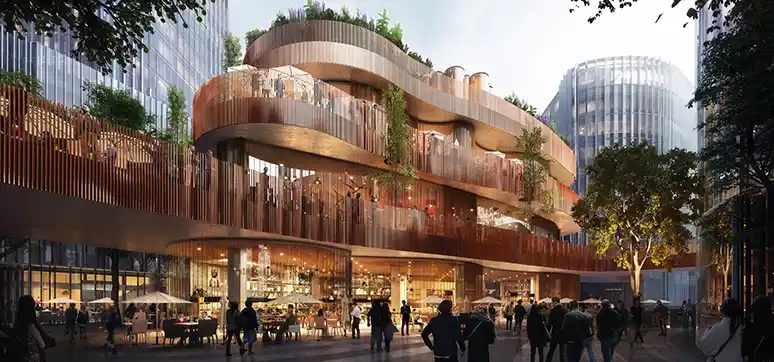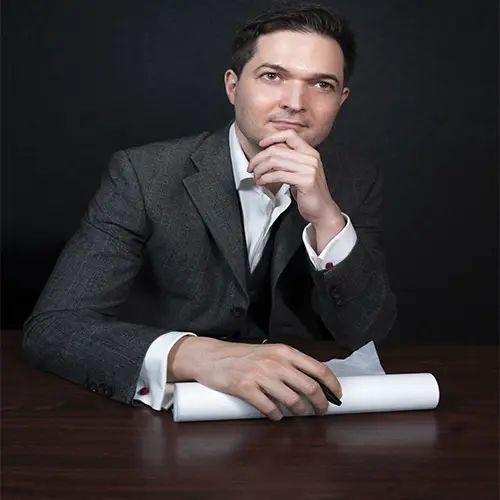Benoy is well known across the region for its iconic destinations such as the Jewel at Changi Airport, Ion Orchard in Singapore, or Hysan Place in Hong Kong. What is next for Benoy?
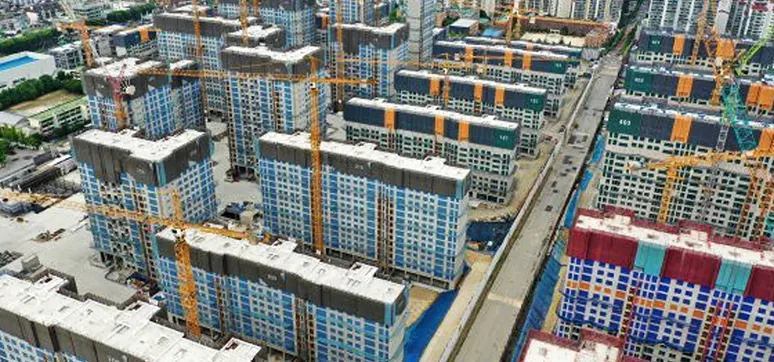
Over the past years, Benoy has made sustainability its core focus. It is a broader understanding of sustainability encompassing environmental, social and economic aspects. As part of this drive, we have been doing more and more repositioning projects. This is something I am very passionate about, it really is the most sustainable approach to architecture – build less – reuse more. It is no longer challenging to imagine a future where the vast majority of projects will be some form of alterations.
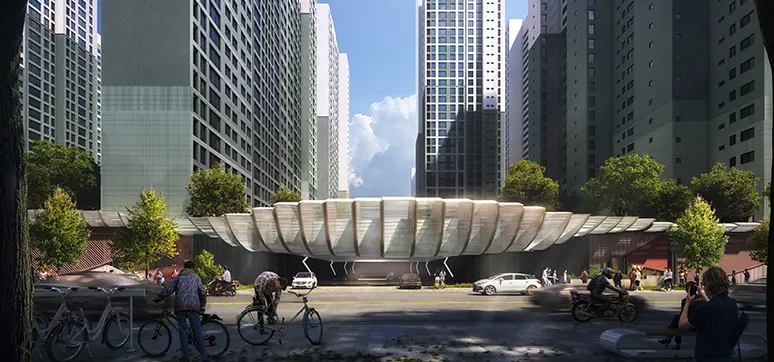
As the chief designer of many high-profile projects across the world, do you find working on repositioning projects somewhat limiting?
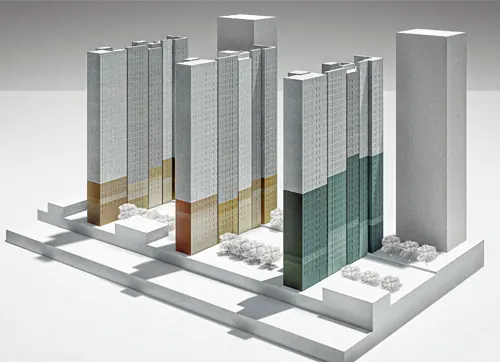
On the contrary! I love these projects; creating a vision and strategy that works with all the constraints of existing structures tends to be the most creative design challenges. But that is not all. Many of these repositioning projects have some fundamental issues, quite often they never worked as expected. Therefore, there is a real need for novel solutions that in newly built projects would be much harder to justify.
What do you think is the role of façade in the sustainability enhancement of a building?
Many façades are fundamentally a surface treatment – skin. What I am more interested in is what in contrast I would call “deep façades”. This approach is particularly relevant for repositioning projects. How can you completely change the perception of an existing development without changing the built structure? How to change the scale of the buildings, and create a pedestrian-friendly human-scale streetscape again without affecting the structure? These were the questions we faced on our largest ever repositing project already on site: a whole neighbourhood in Seoul including 85 residential towers and 16 cultural and community buildings.
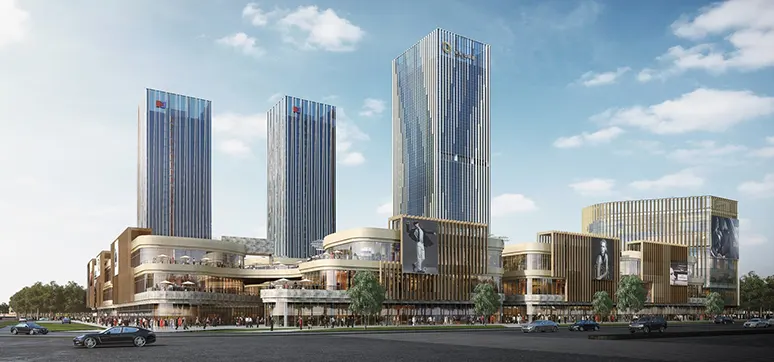
We started by breaking down the scale of the neighbourhood into a series of smaller clusters to facilitate the formation of micro-communities: giving a sense of ownership and belonging and to provide diversity across this large development. The next step was on the individual building level.
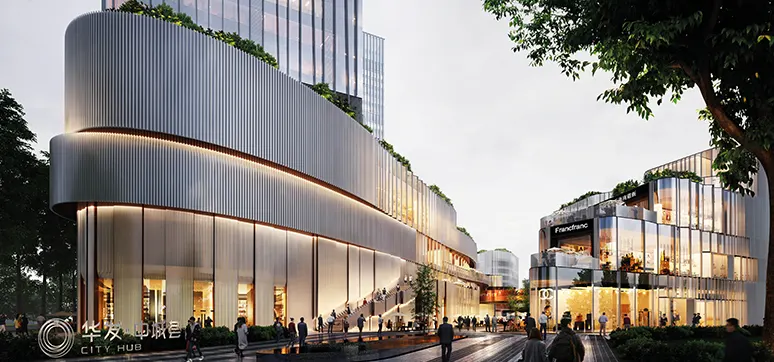
Creating two different façade treatments for the lower and the upper parts of the towers to change the perceived height of these towers. Then using further façade articulation to subdivide these large, wall-like building volumes into a series of more human-scale massing elements. Fenestration was also a key focus. Trying to visually combine a series of windows into larger façade gestures to break the relentless repetition of hundreds of identical windows on each façade.
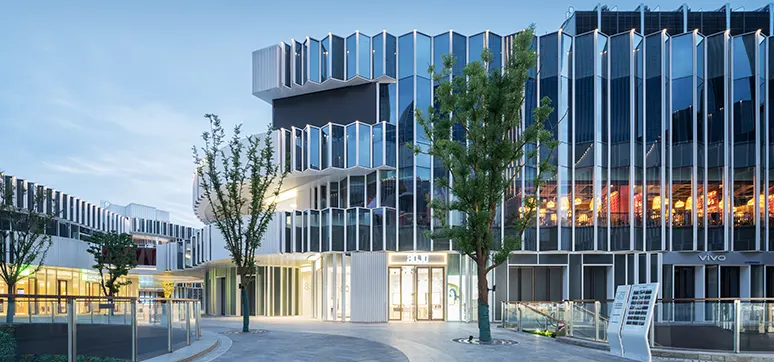
Zooming further in, we introduced glazed terracotta cladding onto the lower parts of the towers. This very robust yet precious material with all its subtle variations from tile to tile brings a sense of much needed craftsmanship and uniqueness to this large-scale development.
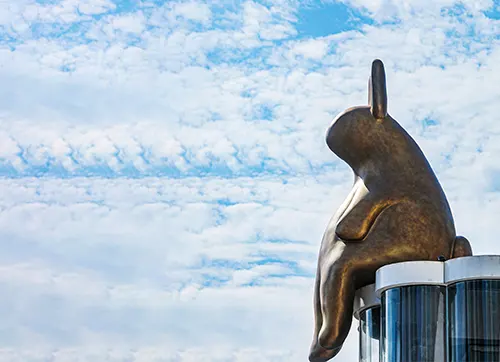
This is what I mean by “deep façades” – the envelope is changing the way we perceive and use the entire neighbourhood. In most of our projects, this would be designed together with the interior and the landscape to have that complete transformative effect where you would not even recognise that it’s the same project.
That is very inspiring to see how transformative façades can be. Can you share some of the other transformations you worked on recently?
In Wuhan’s City Hub, we took a lot of inspiration from the pedestrian-friendly areas along the bund. Our key strategy was to bring a sense of human scale to the development and create a welcoming walkable streetscape that can evolve into a neighbourhood centre for the local community. To recreate the joy of walking around in the bund area, we developed a flexible façade system that on the one hand provided a more intricate, human scale articulation to the massing, while at the same time addressed a diversity of different conditions and requirements.

The serrated façade opens up and closes like an accordion; allowing for a rich variety of architectural elements to be integrated as a part of the façade. We collaborated with artist Tom Claassen on a series of sculptures as an integral part of our placemaking strategy on the retail street.
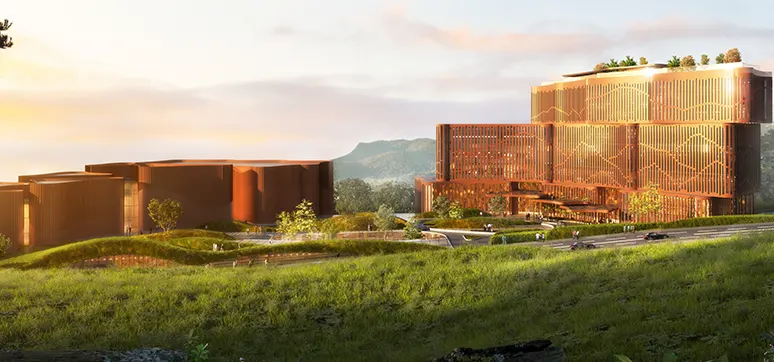
Fairy Mountain is a health and nature-oriented holiday destination in a natural setting high up in the mountains of Chongqing. The original spaceship-like design felt inappropriate for the serene natural beauty of the broader context of the site and the function of a resort hotel.
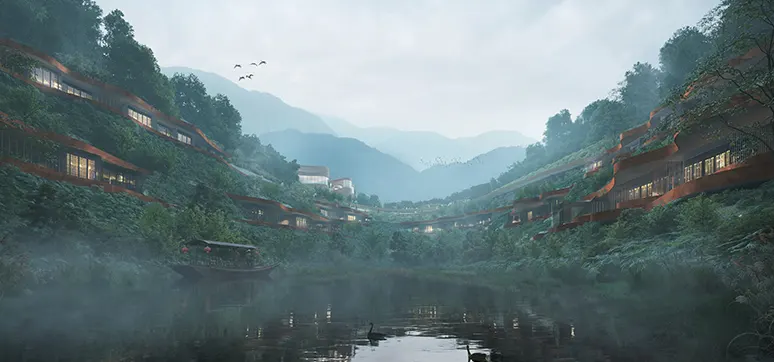
While we retained the function of the hotel, the VR/ entertainment building was converted into a thermal spa, and the retail building into a healthcare clinic. Besides the programme of the buildings however, the most pivotal question was how to better connect these buildings to their physical context; how to anchor them into the landscape and create a scheme that contributes to the wider area, with the least possible impact on the already built concrete and steel structures to minimize the carbon footprint of the construction.
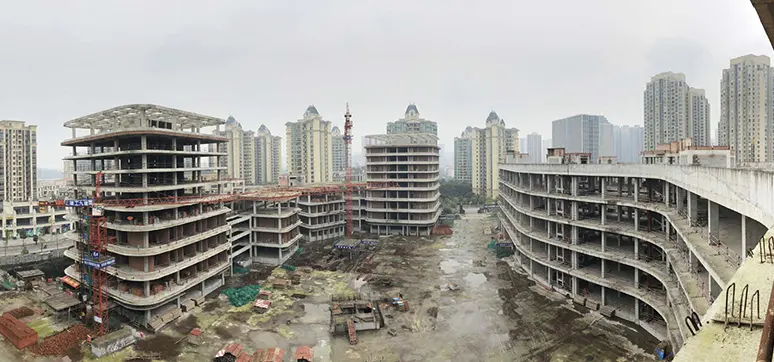
The massing of the buildings has been broken down into horizontal ribbon-like linear elements. These linear elements are not only used to articulate the façade of the buildings but also create landscaping elements across both sites: retaining walls, bridges, paths, roads, tunnels, and terraces. This consistent language across architecture and landscaping allowed for much deeper integration of the buildings into their context and contributed to a seamless relationship between the architecture of the development and the nature it sits in. It is a great example of this notion of a deep façade where landscaping and façades are literally inseparable.
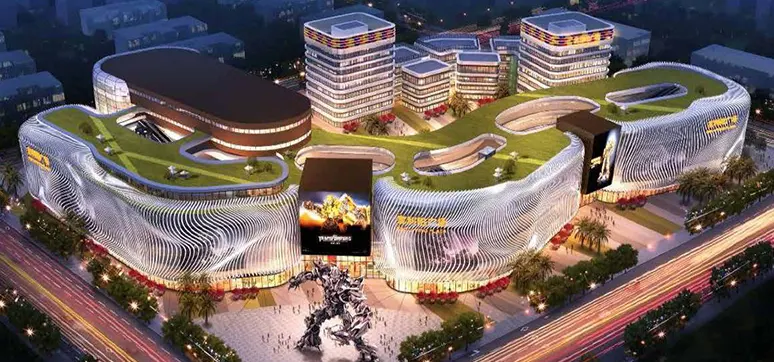
Another project within 2 hours drive in Chongqing is YongChuanLi. The original scheme had a 170x80m central plaza. The plaza was not only disproportionately large for the size of the development but also split the retail area into two disjointed blocks. Our analysis of the neighborhood found that there are already a series of large open public spaces in the proximity of the site. There wasn’t a real need for larger, open spaces. However, we discovered that the area didn’t have any small-scale pedestrian friendly streetscape.
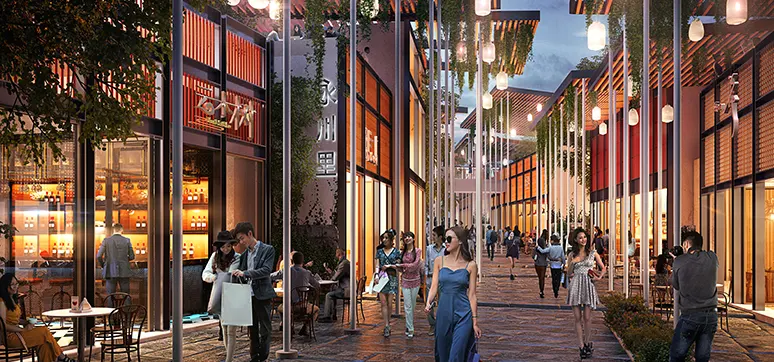
We proposed to convert the central plaza into a series of meandering streets with restaurants, cafes and shops, with the ambition to transform the development into a new neighbourhood centre. The local government recognized how the local community would benefit from this change and allowed us to increase the site coverage and build over the central plaza. The new proposed streetscape over the large central plaza reflects the local vernacular “Ba Yu” architecture, creating a sustainable, natural and comfortable environment all year round. It also creates a strong connection between the two blocks of the site, improving the commercial potential of the scheme.
The large shopping mall was converted to offer a rich variety of experiences of retail, culture, art and entertainment. We likewise aimed to redesign the character of this large building in a way that connects with its local context and is deeply rooted in the local culture. The new design of the main façade references the tradition of Sichuan shadow play theatres with a contemporary reinterpretation, using animated LED screens and a translucent building envelope to create a dynamic “light and shadow” spectacle.
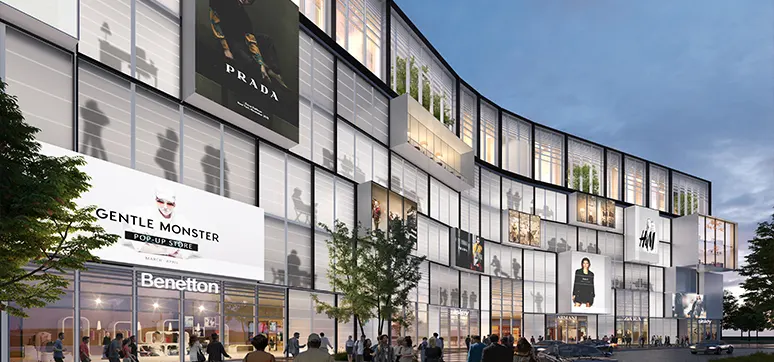
Could you please tell us about your journey in the field? What do you enjoy most about your profession?
My career has been fueled by curiosity – a curiosity that thrives on ever-changing challenges. In practice, I have worked at very different companies like Benoy and Heatherwick studio; in terms of projects, I love to take on new kinds of typologies that I have never worked on. Outside of the practice I have taught at AA and the Bartlett in London and have been lecturing across many universities in Asia. I also have my own art practice where I can explore ideas through painting and sculpture.
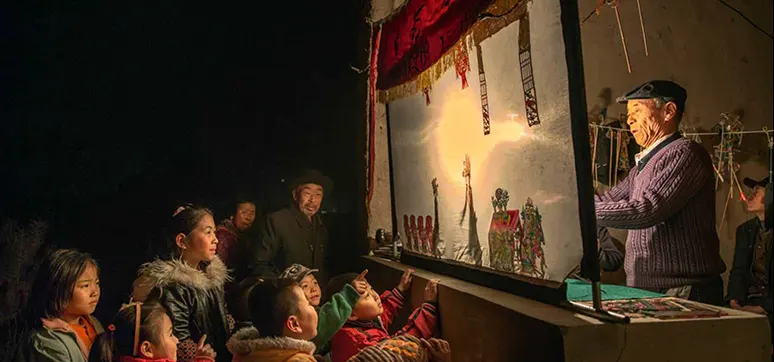
I personally find these cross-disciplinary engagements key to an innovative way of working. Some of the best ideas for a project often come from either a very different typology or even a different discipline. Ideas don’t care much about these boundaries! For me, every project is an exploration and this constant venturing into the unknown is what I truly enjoy in our work. It is also an inherently social journey that we embark on together with our teammates, our collaborators, and our clients. That is what is truly unique to our profession and what I am finding very meaningful and satisfying long term.
